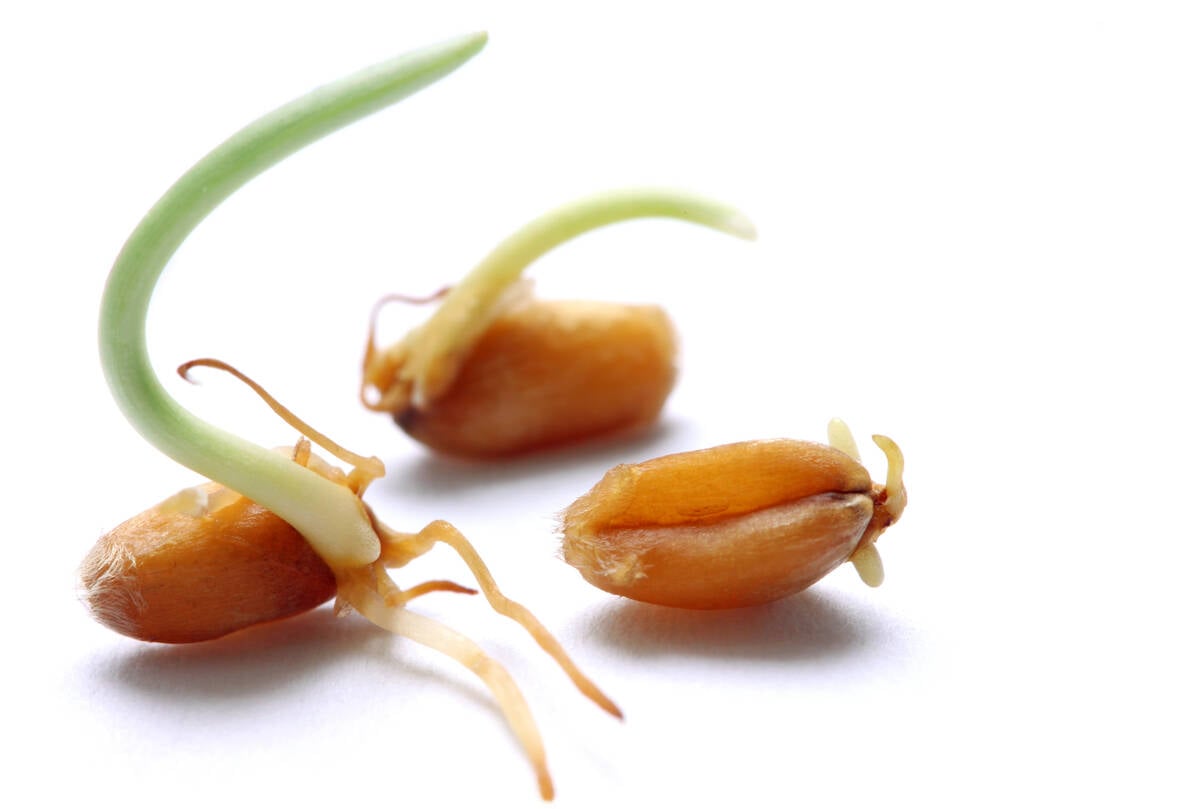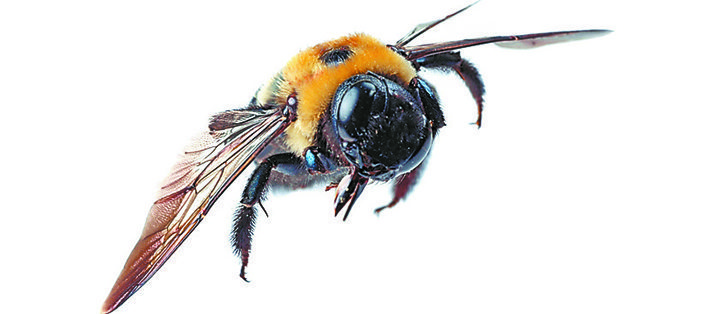Neonicotinoid use | Ontario Beekeepers’ Associations calls for complete ban on neonicotinoids
The Ontario Beekeepers’ Association says proposed Health Canada guidelines don’t go far enough to protect bees from insecticides.
The Pest Management Regulatory Agency announced in mid-September that agricultural practices around the use of neonicotinoid seed treatments on corn and soybean seeds are “not sustainable.”
In a notice of intent, the PMRA said it intends to implement several measures to protect bees next year, including the use of seed lubricants that reduce the amount of insecticide-laden dust during planting.
However, Tibor Szabo, an OBA vice-president and a beekeeper from Moffat, Ont., said the PMRA measures won’t make a difference for bees or beekeepers despite the strong language and a list of specific protocols.
Read Also

Manitoba farmers fight sprouted wheat after rain
Rain in mid-September has led to wheat sprouting problems in some Manitoba farm fields.
He said the PMRA recommendations address only the threat of contaminated seeding dust killing bees during spring planting.
The agency isn’t tackling the systemic risk to bees and the environment, he added.
“This selective concentration on one aspect of the environmental mobility serves only to limit discussion and the development of appropriate science-based policy and responsive programs,” Szabo said.
Consequently, the OBA is lobbying the Ontario and federal governments to ban neonicotinoids.
Szabo said the precautionary principle should apply because scientists don’t understand what neonicotinoids are doing to bees, soil and water.
“Beekeepers are really tired of being involved in a test,” he said.
“(Our) livelihoods are at stake and we’re in this big experiment to see if this stuff can be used safely.”
Peter Kevan, a professor of environmental biology at the University of Guelph and science advisory committee chair for Canpolin, a Canadian research network studying pollinators, said he supports the PRMA’s conclusion that something must be done to reduce the risk of insecticide laden dust at seeding time.
“The reason is, it certainly is a practice that is killing bees,” he said.
“(And) we know very little of what it’s doing to the wild pollinators.”
In the notice of intent, the PMRA said it received a “significant number of pollinator mortality reports” from beekeepers in corn growing regions of Ontario and Quebec during the spring of 2012.
Subsequent testing showed that 70 percent of dead bee samples tested positive for neonicotinoid insecticides. Corn, soybean and canola growers in North America plant seed treated with neonicotinoids to protect the seed and immature plants from insects.
This spring, the PMRA received more reports of dead bees in corn and soybean growing areas in Ontario, Quebec and Manitoba. It concluded that “current agricultural practices related to the use of neonicotinoid treated corn and soybean seed are not sustainable.”
Kevan said the PMRA recommendations are specific to the issue of contaminated dust at seeding time.
As for beekeeper concerns about systemic risks associated with neonicotinoids, Kevan said there are legitimate questions regarding how neonics are being used.
He said insecticides should be used in a limited and targeted manner rather than as a prophylactic.
“The target is not corn. The targets are corn borers and root worms and things like that,” he said.
“I think it is appropriate that one should have to show, as a grower, that you have a pest problem before you start applying harsh chemicals to the environment. A lot of farmers would disagree with that … (because) their operations are too big.… The logistics are horrendous.”
As part of its protective measures, the PMRA said it plans to require “updated value information … to support the continued need for neonicotinoid seed treatment on up to 100 percent of the corn seed and 50 percent of the soybean seed.”
Interested parties are encouraged to comment on the PMRA’s conclusions and recommendations for neonicotinoid seed treatments.
The deadline for written comments is Dec. 12.
















